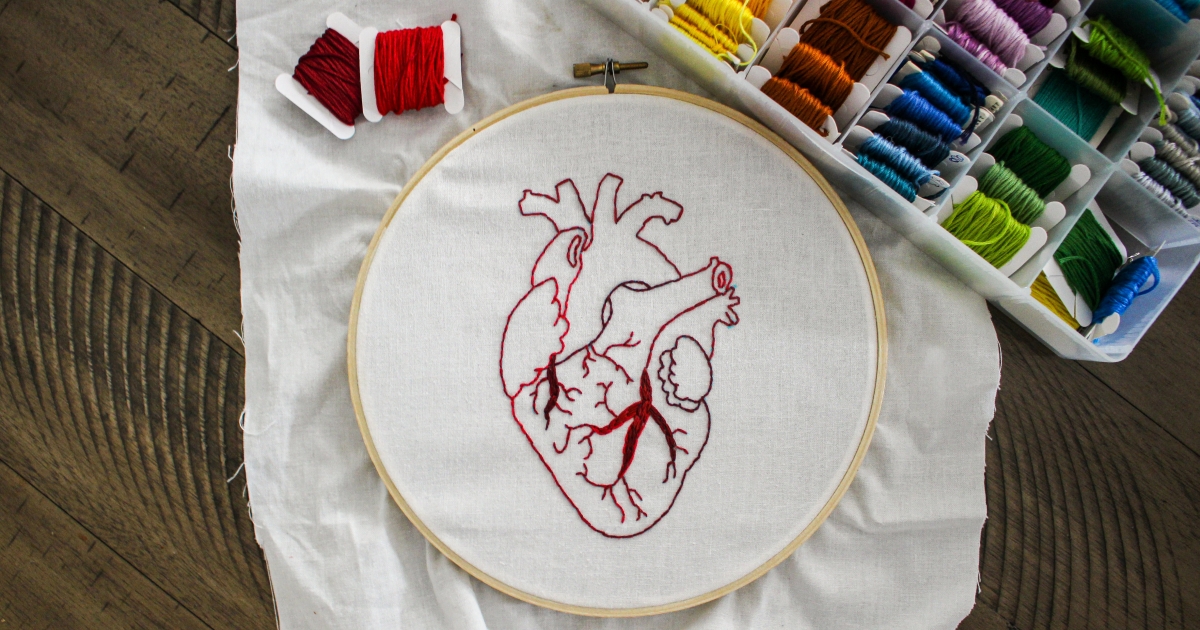
Photo credit to Magdaline Nicole
For the first 6 months of 2020, I made a concerted effort to gain 25 lbs. I was strength training at the time and I was successful. I was rewarded for my effort with a 400 lb squat and a touch of hypertension. To be clear, weightlifting did not give me hypertension; force feeding myself ice cream until I wanted to vomit every night for 6 months gave me hypertension. I have an unusually fast metabolism and I had to do some extreme things to acheive weight gain. In the first week of June, I bought a brachial blood pressure cuff and a bathroom scale from Greater Goods both of which autolog my data to my phone. From there I can upload those CSVs to this page as graphs.
Highlight date regions on top of graph to zoom in. Double-click on graph to restore original zoom.
Highlight regions of the y-axis on the blood pressure graph to zoom in vertically. Double-click on y-axis to restore original zoom.
Drag red dots at the right to filter data by the time of day.
Drag red dots on the x-axis to filter data contained in the averages.
Definition of hypertension from Table 6 of [1]. A more easily-digestable restatement of that chart is available from the American Heart Association.
Diurnal variation in blood pressure is the daily change BP undergoes in healthy and most unhealthy people. Proper quantification of the diurnal variation requires 24 hour monitoring because the biggest variation is in the dip typically seen during sleep. Some literature refers individuals as "strong dippers" or "non dippers" [2] depending on the magnitude of the nocturnal dip. The nocturnal dip can be up to 30 mm Hg systolic and 20 mm Hg diastolic [2], much larger than the <10 mm Hg systolic change I observed in my own BP throughout the day.
Diurnal variation of blood pressure is a well-studied phenomenon. A google scholar search for "diurnal variation blood pressure" returns about 45,000 results (as of 2020-10-21). Most of these research projects are attempting to link the magnitude of variation with demographics [3], lifestyle factors [4,5], or health outcomes [6,7,8]. While I understand I am not measuring true diurnal variation since I am not taking my BP while I am sleeping, it is interesting to see how much it varies through the day. As expected, the scatter is larger than the trend but there is a clear peak in the afternoon and lower readings in the morning/evening.
[1] "2017 ACC/AHA/AAPA/ABC/ACPM/AGS/APhA/ASH/ASPC/NMA/PCNA guideline for the prevention, detection, evaluation, and management of high blood pressure in adults: a report of the American College of Cardiology/American Heart Association Task Force on Clinical Practice Guidelines," Journal of the American College of Cardiology, vol. 71, pp. e127—e248, 2018.
[2] "The diurnal blood pressure profile: a population study," American Journal of Hypertension, vol. 5, pp. 386—392, 1992.
[3] "Racial differences in diurnal blood pressure and heart rate patterns: results from the Dietary Approaches to Stop Hypertension (DASH) trial," Archives of Internal Medicine, vol. 168, pp. 996—1002, 2008.
[4] "Physical activity level is an independent predictor of the diurnal variation in blood pressure," Journal of Hypertension, vol. 18, pp. 405—410, 2000.
[5] "Dietary sodium restriction restores nocturnal reduction of blood pressure in patients with primary aldosteronism," Hypertension Research, vol. 25, pp. 737—742, 2002.
[6] "Diurnal variation in occurrence of strokes," Stroke, vol. 8, pp. 230—231, 1977.
[7] "Diurnal variation of blood pressure; reproducibility and association with left ventricular hypertrophy in hemodialysis patients," Blood Pressure Monitoring, vol. 10, pp. 25—32, 2005.
[8] "Morning surge in blood pressure and cardiovascular risk: evidence and perspectives," Hypertension, vol. 56, pp. 765—773, 2010.